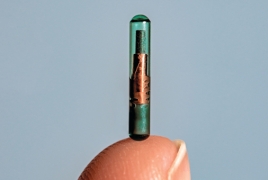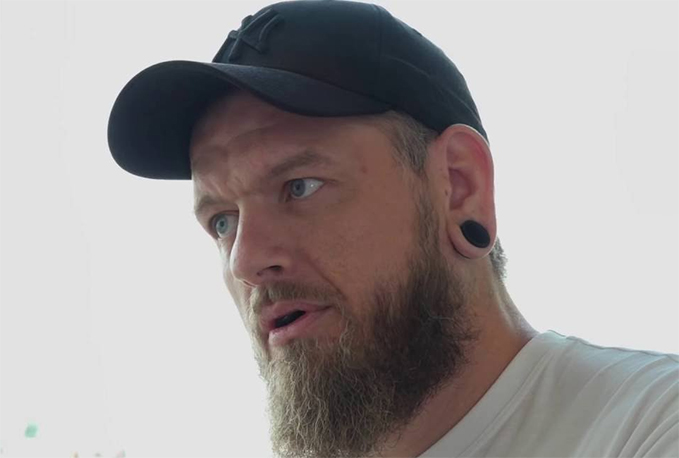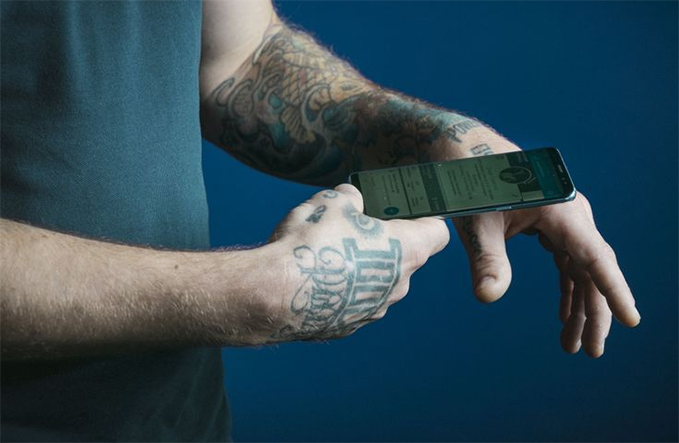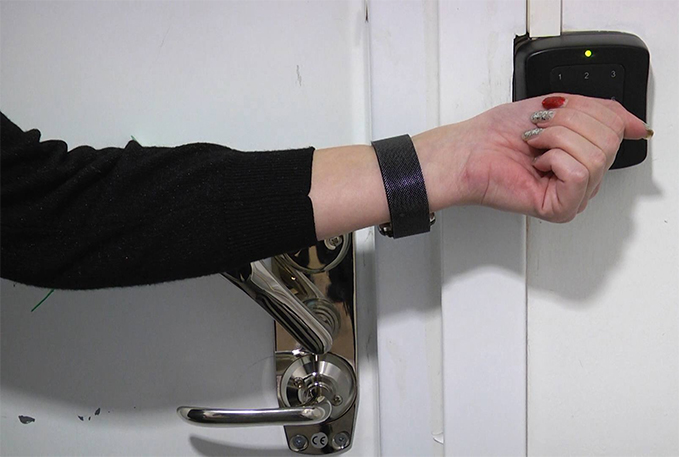
In a conversation with PanARMENIAN.net, Österlund – the CEO of Biohax International – discusses the reason 5000-6000 people chose to implant a biochip under their skin, why others have fears, how “owning your data should be a basic human right”, and whether the practice is possible in Armenia at all.
Österlund says concerns about the practice such as questions about their safety are common everywhere. Among the reasons are fears about what is going on with the body, but there are other obvious reasons too.

Jowan Österlund
“In pop culture and Hollywood films, the only implants you see are explosive devices, KGB polonium and poisons, or tracking devices to control and suppress the population,” he says.
“There is nothing about owning your digital identity and starting to benefit from the data that you create every day, or how a piece of technology serves as your digital voice when you can’t speak for yourself. And I can understand those fears, because some states could take advantage and suppress their populations, and those are the countries I would never work with.”
Before delving into microchipping, Österlund used to be a body piercer so he knows first-hand how to safely implant a chip and make it work.
“It was 2013-2014 that I came across the technology that was biocompatible. I started somewhere in 2013, then focused on Biohax as a company in 2015. We then developed multiple concepts, focusing on the privacy and integrity patterns, the protection of individual data, helping people become the owner of their own data, which has nothing to do with trackability. It’s about sharing as little data as possible, because you don’t have to interact and identify yourself with a passport or a driver’s license or an ID. When you want to pay for something, the only thing that a payment terminal has to know is whether you have money or not. They don’t have to know and track your buying habits and have all your data on your previous purchases. It prevents someone else from stealing your data, selling your data and making profit, so that you become the beneficiary of your data. You should own your data, it should be a basic human right,” he argues.

Österlund says you can drop your key-chain and your plastic cards, but the coolest features of biochip implants are yet to come. One implant can have several features depending on what a person is interested in, he says, while the process itself is performed in a matter of seconds: “A total of 5000-6000 people have opted for biochip implants in the world, and I have done most of them.”
According to him, developing concepts and models on how to take back the ownership of personal data creates an entirely new privacy structure around the use of it and how you share it.
Österlund says the adoption of the technology would vary from country to country – higher in some countries and none in others: “You have to take the geopolitical dynamics and the history of nations into account, but the relationship between citizens and the state is key. A microchip should be for personal use only – open a door, start your computer, replace a train ticket. No one else in the entire world knows that you have an implant and now one should care because that’s only your business.”

Since the beginning of the coronavirus pandemic though, Biohax has been in a dormant state, with the team focusing instead on a charity foundation and the Covid-19 crisis. They are using the technology to create prediction tools for remote patient monitoring to give folks early warning signals when they might need to get tested, Österlund explains.
Though the latest product will be coming in the form of patches, the expert said they are “most definitely” going to work on medical implants in the future: “When the time is right.”

